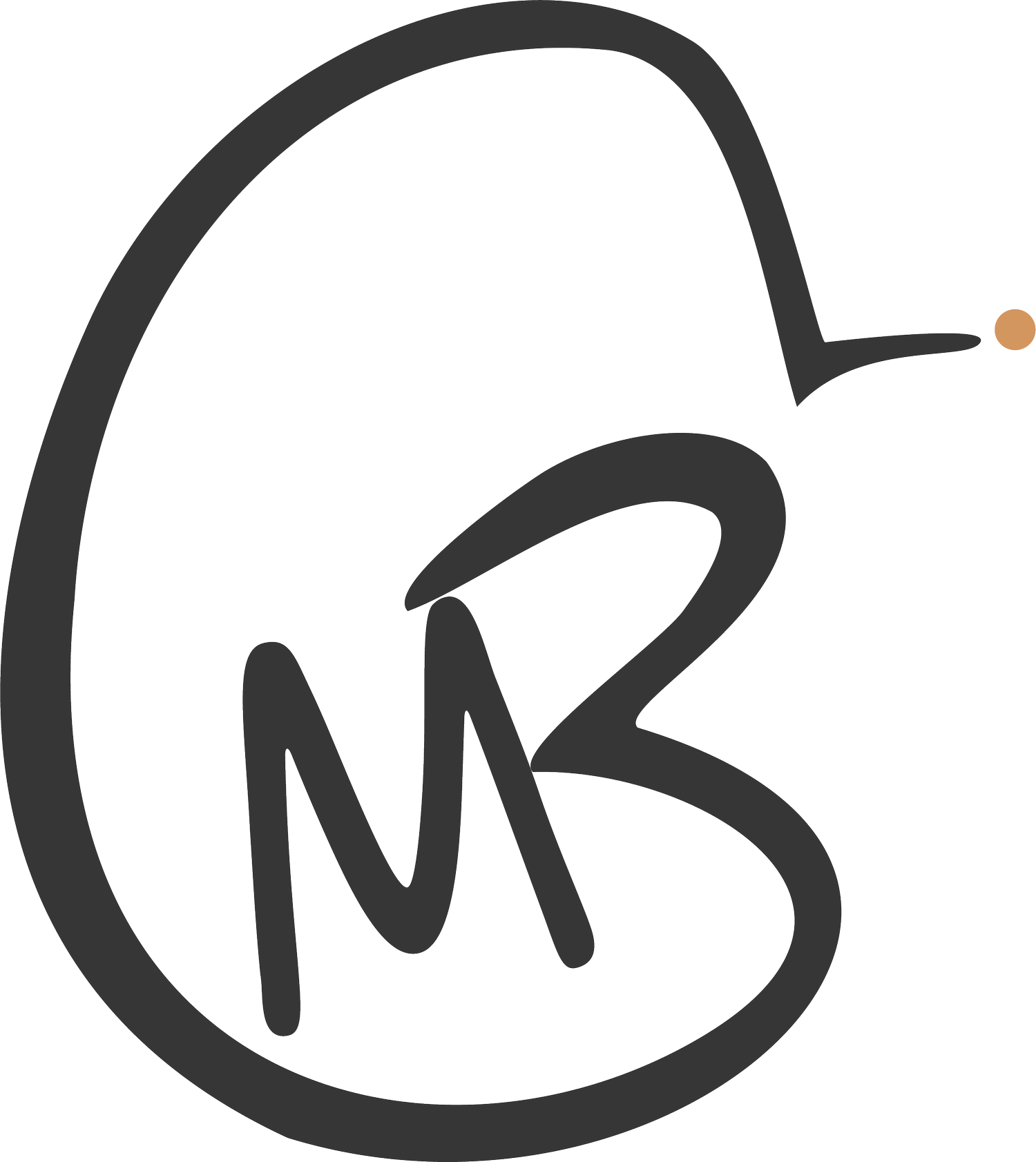The Paradox of Choice in UX: Why Your Brain Hates Deciding
Most UX articles tell you choice overload kills conversions. But what if the real problem isn't too many options—it's how we fundamentally misunderstand the psychology of choosing itself?
The Choice Trap We All Fall Into
Picture this: You open Netflix, ready to unwind. 30 minutes later, you're still scrolling, more stressed than when you started. Sound familiar?
This isn't just bad UX—it's a fundamental clash between how our ancient brains work and how modern interfaces present choices.
Here's what most designers miss: The problem isn't just quantity. It's that we're designing choice experiences that fight against 200,000 years of human psychology.
What Your Brain Actually Does When It Chooses
The Neuroscience Reality
When faced with decisions, your brain activates the anterior cingulate cortex—the same region that processes physical pain. Literally, choosing hurts.
But here's the kicker: Decision fatigue isn't about being tired. It's about cognitive resource depletion. Your brain treats every choice like a survival decision, even when you're just picking a font size.
The Buddhist Insight
Eastern philosophy has understood this for millennia: attachment to outcomes creates suffering. When we design interfaces that amplify the importance of every micro-choice, we're manufacturing anxiety.
The goal isn't eliminating choice—it's designing non-attachment into the choosing process.
The Three Types of Choice Paralysis (That UX Gets Wrong)
1. Analysis Paralysis
"I need to evaluate everything perfectly"
❌ Bad UX: Comparison tables with 47 features
✅ Better UX: Progressive disclosure with smart defaults
Psychology: Satisficing vs. maximizing behavior
